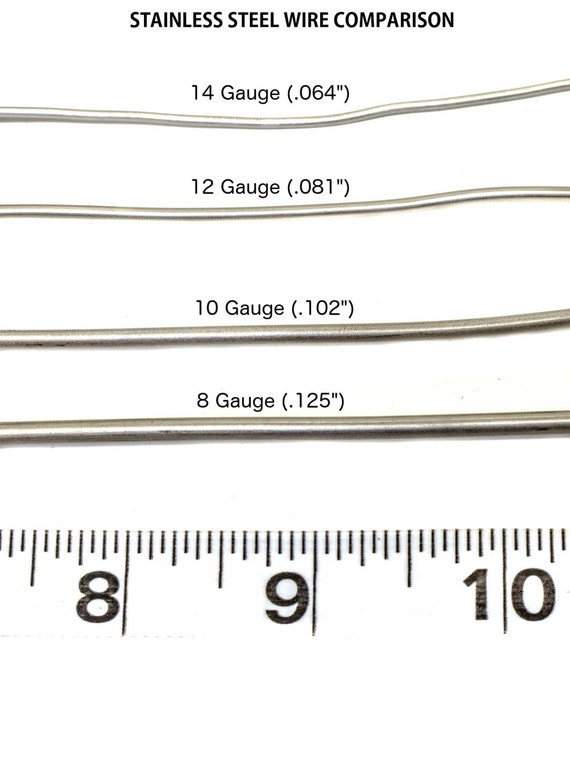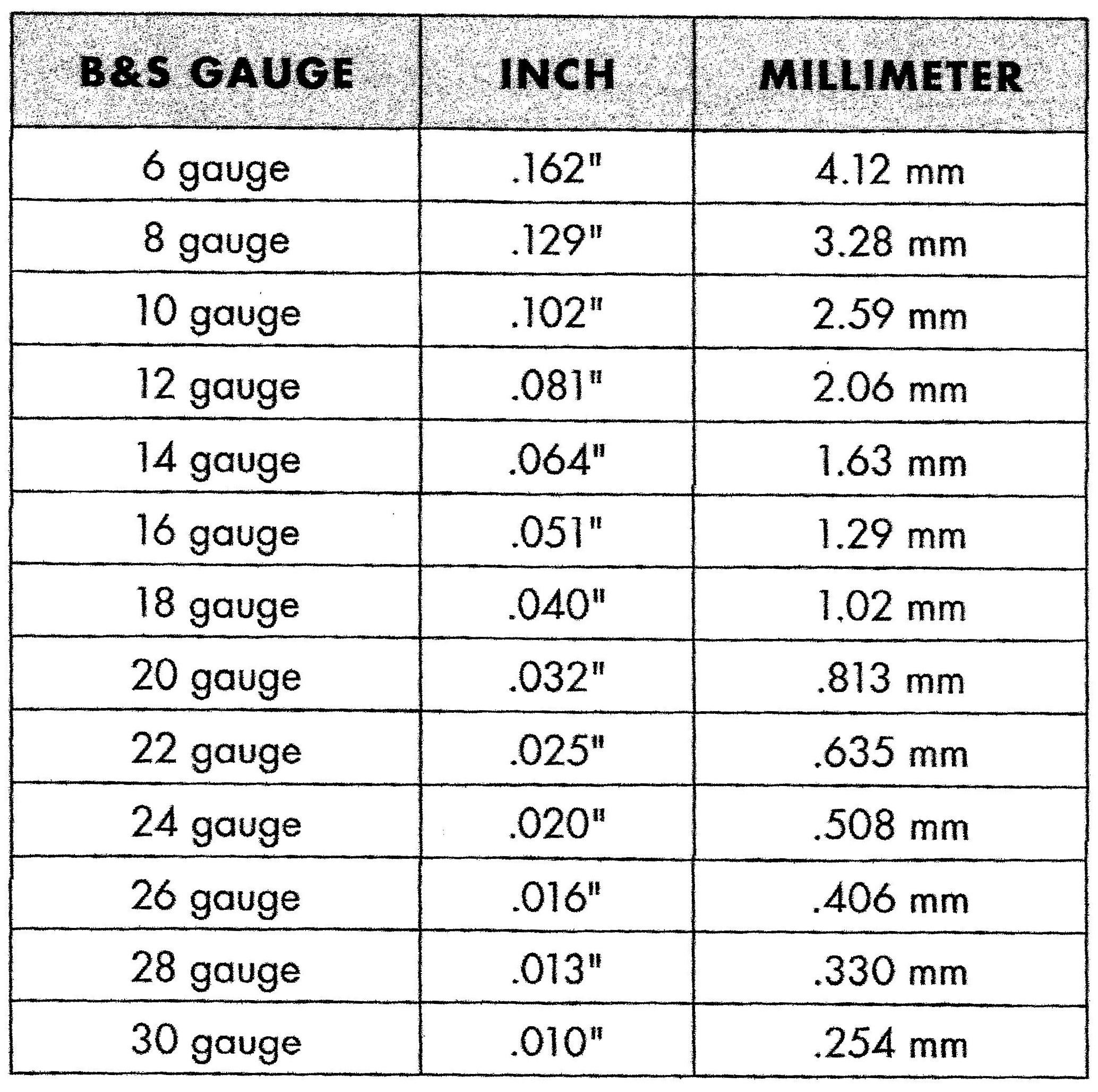

No, short wires cannot tolerate more current than long wires. This drop is not much but it should dissuade anyone from thinking that the the maximum current of 30A for a AWG10 wire can somehow be exceeded if the wire is short. However, the power generated "per foot of length" is more indicative of the temperature rise of the wire, and that power drops from 1.8W/ft to 1.7W/ft.

#10 gauge wire ampacity full#
This is where the maximum length recommendations for wires (such as 50ft for 10AWG) come into the picture: the intent is to not let the voltage at a heavy load drop by too much.Īs the wire takes on more resistance, so does the power generated by it over its full length. They are based on a 120V supply and a 4 Ohm load to produce a nominal 30A current.Īs the cabling distance (and wire length) increases, the resistance of the wire increases and reduces the current in the wire.Īt the 50ft distance (100ft wire, return loop), the voltage a load has dropped to 117V (about 3% drop). This is illustrated in the example below. in joist spaces, from panel to kitchen), and not in bunches or loops, the heat generated per unit of length matters, not the total heat. Long wires at maximum current generate more heat over their full length than short wires at about the same current, but if installed in runs (e.g. While length is an important factor in the voltage drop it is not a factor in the wire's temperature, provided the wire is installed correctly. This is due to the higher voltage at the load if the wire is short, and the resulting higher current through the entire wire. Provided the wire is properly installed, you generally don't get extra safety margin by keeping it short.įor a given load, a short wire generates more heat per foot than a long wire. The heating of a #10 wire under 50ft of length is only marginally affected by its length. The heat generated by the current in the wire affects the temperature of the wire, which is the primary limiting safety factor. Shortening the wire brings the voltage at the load closer to the line voltage, but it doesn't reduce the current or temperature of the wire instead, shortening increases the current. The maximum recommended length of the wire is determined by the maximum voltage drop at the heaviest allowable load. Shortening a wire will not allow you to operate a heavier load and run more current than what the wire is specified for.


 0 kommentar(er)
0 kommentar(er)
